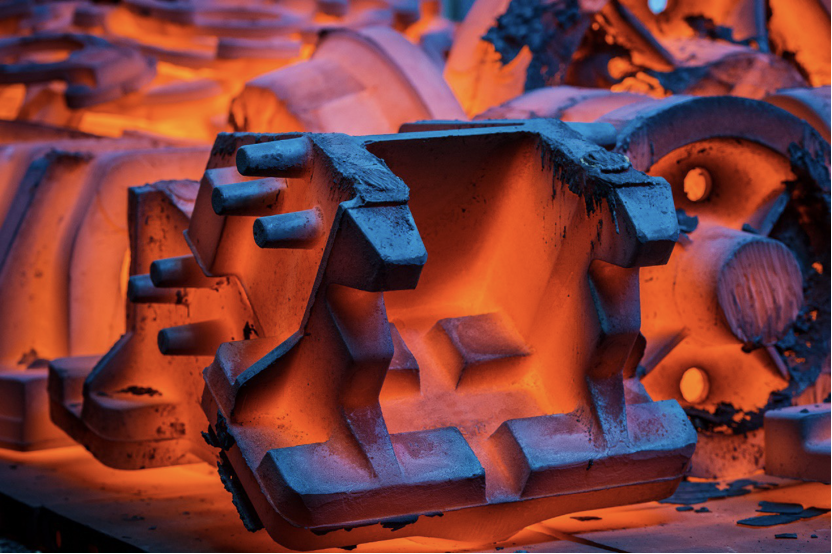











Learn how our manufacturing processes allow us to deliver various products for our customers.
Learn how our manufacturing processes allow us to deliver various products for our customers.
Learn how our manufacturing processes allow us to deliver various products for our customers.
We work with world-class brands in a variety of industries to bring their visions to life through style, performance and protection.
COMPANY

2021-09-29

Introduction:
In order to eliminate the changes in the size and shape of precision measuring tools or molds and parts during long-term use, it is often necessary to reheat the workpiece to 100-150°C before finishing after low temperature tempering (low temperature tempering temperature 150-250°C), and keep it for 5 -20 hours, this kind of treatment to stabilize the quality of precision parts is called aging. It is particularly important to perform aging treatment on steel components under low temperature or dynamic load conditions to eliminate residual stress and stabilize the structure and size of the steel.
Aging treatment: refers to the heat treatment process in which the alloy workpiece is solid solution treated, cold plastically deformed or cast, and then placed at a higher temperature or room temperature after forging, and its performance, shape, and size change with time.
1. If the work piece is heated to a higher temperature, and the aging treatment is performed in a shorter time, it is called artificial aging treatment.
2. The aging phenomenon that occurs when the workpiece is stored at room temperature or under natural conditions for a long time is called natural aging treatment.
3. The third method is vibration aging. Since the beginning of the 1980s, it has gradually entered the stage of use. The vibration aging treatment does not heat or is as time-consuming as natural aging. A certain frequency of vibration is applied to the workpiece to release the internal stress, thereby to achieve the purpose of aging.
The purpose of aging treatment is to eliminate the internal stress of the workpiece, stabilize the structure and size, and improve the mechanical properties.
In mechanical production, in order to stabilize the size of the casting, the casting is often placed at room temperature for a long time before cutting. This measure is also referred to as aging. But this kind of aging is not a metal heat treatment process.